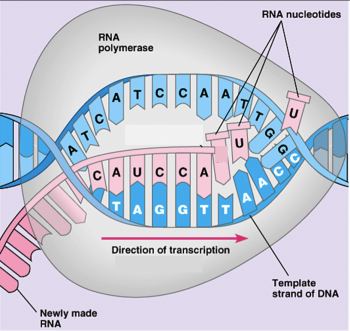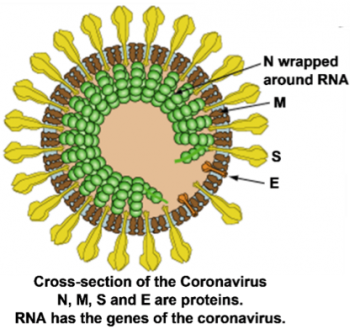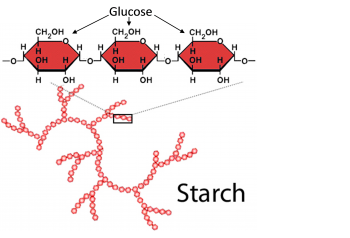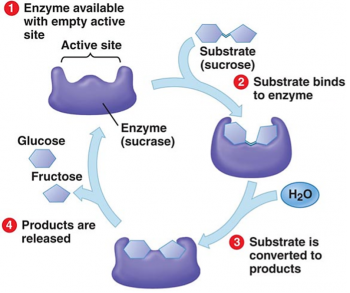
In the first section of this analysis and discussion activity, students learn that different versions of a gene give the instructions for making different versions of a clotting protein, which result in normal blood clotting or hemophilia.
Next, students learn how genes provide the instructions for making a protein via the processes of transcription and translation. They develop an understanding of the roles of RNA polymerase, the base-pairing rules, mRNA, tRNA and ribosomes.
Finally, students use their learning about transcription and translation to understand how a change in a single nucleotide in the hemoglobin gene can result in sickle cell anemia.
Throughout this activity, students use the information in brief explanations, figures and videos to answer analysis and discussion questions.
This activity can be used to introduce students to transcription and translation or to reinforce and enhance student understanding.
If you prefer a hands-on activity that uses simple paper models to simulate the molecular processes of transcription and translation, see “How Genes Can Cause Disease – Introduction to Transcription and Translation” (http://serendipstudio.org/sci_edu/waldron/#trans).

 © Serendip® 1994 - All rights reserved. Privacy Policy
© Serendip® 1994 - All rights reserved. Privacy Policy




 Download Student Handout:
Download Student Handout: 

